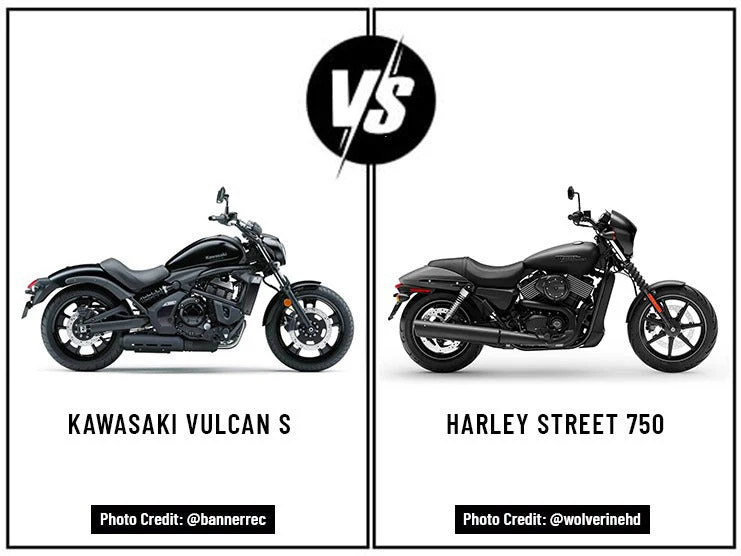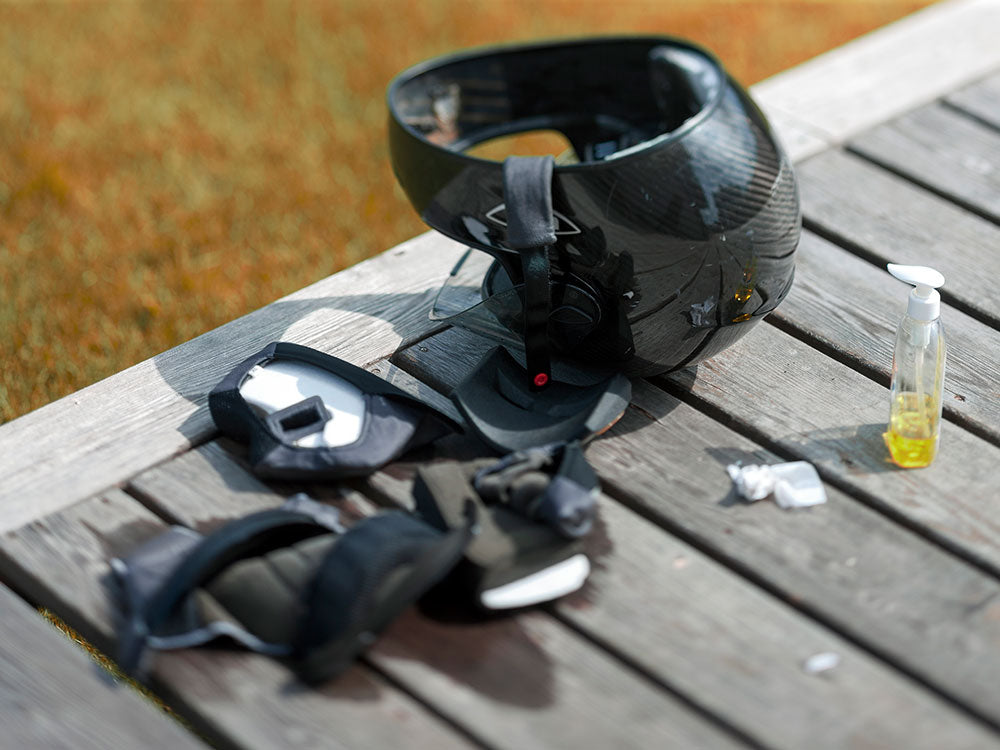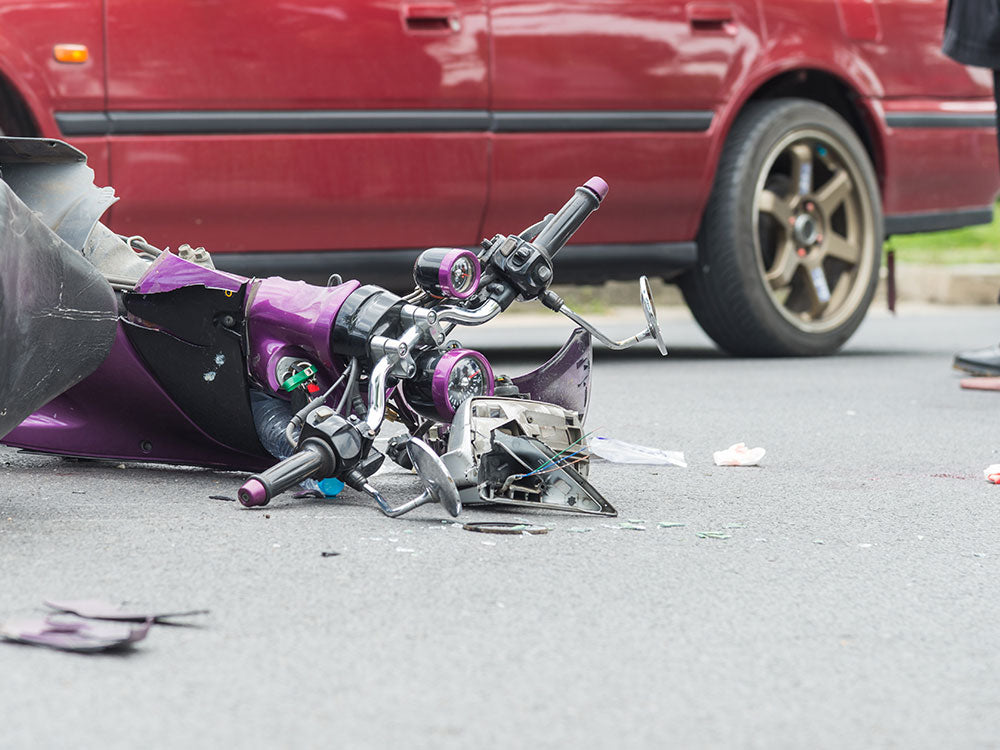Table of Content
1. KAWASAKI VULCAN S VS HARLEY DAVIDSON STREET 750


The VULCAN S is a cruiser manufactured by the Japanese motorcycle manufacturer, Kawasaki. The first Vulcan motorcycle had a 750-cc engine. Over the years, different Vulcan models have been released with different-sized engines, ranging from 125 cc to 2,000 cc. The Vulcan S was first launched in 1984, but the 650 cc Vulcan S was released in 2015 and is currently still in production. The Vulcan S has a parallel V-Twin engine MUCH like its predecessor models, however, it has the lowest engine displacement size among all Vulcan series.
Harley Davidson launched the Street series in 2014 with two variants: STREET 500 and STREET 750. This was groundbreaking since Harley Davidson had never before launched a lightweight, entry-level motorcycle with a smaller engine displacement size at a cheap price. Both Street models stayed in production until 2020. Since their launch and until their discontinuation, major changes were made to the Street 750’s color, ergonomics, and design.
2. DETAILED SPECS COMPARISON: KAWASAKI VULCAN S VS HARLEY DAVIDSON STREET 750
| Kawasaki | Harley Davidson | |
|---|---|---|
| BASIC INFORMATION | ||
| Year | 2022 | 2020 |
| Model | Vulcan S | Street 750 |
| Motorcycle Type | Cruiser | Cruiser |
| Base Price | $7,899 | $7,599 |
| Colors | Pearl matte sage green/ Metallic flat spark black, Metallic flat spark black | Barracuda Silver Deluxe, Vivid Black, Vivid Black Deluxe, Black Denim, and Performance Orange |
| ENGINE & SYSTEMS | ||
| Displacement | 649 cc | 45.7 cu in (750 cc) |
| Engine Type | Four-stroke, Parallel-Twin | Revolution X, V-Twin |
| Cooling System | Liquid-cooled | Liquid-cooled |
| Compression Ratio | 10.8:1 | 11:1 |
| Stroke | 60.0 mm (2.36 in) | 66 mm (2.6 in) |
| Bore | 83.0 mm (3.26 in) | 85 mm (3.34 in) |
| Cylinders | Two | Two |
| Drive Train | Sealed Chain | Belt |
| Transmission | Six-speed | Six-Speed |
| Clutch | Wet, Multi-Disc | Wet, Multi-Plate |
| Starter | Electric | Electric |
| Exhaust | Two-in-one | Two-into-One |
| Fuel Delivery System | DFI 38 mm Throttle Bodies (2), with sub-throttle valves | Mikuni Single Port Fuel Injection |
| PERFORMANCE & CAPACITY | ||
| Horsepower | 61 hp | 53 hp |
| Torque | 62.77 Nm @ 6,600 rpm | 43.5 ft-lbs (59 Nm) @ 4,000 rpm |
| Fuel Tank Capacity | 3.7 gal (14 L) | 3.5 gal (13.2 L) |
| Mileage | 44 MPG (18.86 L) | 58 MPG (24.9 km/l) |
| Oil Capacity | Two quartz | 3.2 quarts (3.1 L) |
| DIMENSIONS | ||
| Trail | 119 mm (4.7 in) | 115.062 mm (4.53 in) |
| Rake | 31o | 32o |
| Seat Height | 706 mm (27.8 in) | 652.78 mm (25.7 in) |
| Wheelbase | 1,574 mm (62.0 in) | 1,520 mm (59.84 in) |
| Weight | 498.3 lbs (226 kg) | 514 lbs (233 kg) |
| Ground Clearance | 129.5 mm (5.1 in) | 144.78 mm (5.7 in) |
| Length | 2,308.8 mm (90.9 in) | 2,215 mm (87.2 in) |
3. SIMILARITIES & DIFFERENCES: KAWASAKI VULCAN S VS HARLEY DAVIDSON STREET 750
| Key Similarities | Key Differences |
|---|---|
| Both motorcycles have a single-disc brake at the front and rear | The Street 750 has rear dual shocks, while the Vulcan S has a rear mono-shock |
| Both motorcycles have a liquid-cooling system | The Vulcan S has a solo seat, while Street 750 has a dual seat |
| Both motorcycles have chopped fenders | The Vulcan S has forward-mounted footrests, while Street 750 has mid-mounted footrests |
| Both have a six-speed transmission system | The Vulcan S has a chain drive train, while Street 750 has a belt drive train |
| Both have license plates below the tail light | The Street 750 has a V-Twin engine, while the Vulcan S has a parallel twin engine |
| The Street 750 has an analog speedometer, while the Vulcan S has a digital speedometer | |
| The Street 750 has a fuel cap on the side of the fuel tank, while the Vulcan S has a fuel cap sy the center of the fuel tank | |
| The Vulcan S has wider front and rear tires than the Street 750 |
4. DESIGN: KAWASAKI VULCAN S VS HARLEY DAVIDSON STREET 750
4.1 Design: Kawasaki Vulcan S
The KAWASAKI VULCAN S is a traditional-style cruiser covered in a matte black finish. Its chopped fenders and fuel tank are the only colored parts. The Kawasaki Vulcan S has wide and bent HANDLEBARS with a digital led display between the handlebars. It has a two-into-one exhaust system with chrome-painted pipes and matte black mufflers. It has a forward-mounted footrest to provide a traditional cruiser riding position. It has a 41 mm hydraulic telescopic fork at the front with a wheel travel of 5.1 in and mono adjustable shocks at the rear with a wheel travel of 3.2 in. The Kawasaki Vulcan has a 300 mm single disc brake at the front with a tire size of 120/70 R18. While at the rear it has a 250 mm single disc brake with a tire size of 160/60 R17.
4.2 Design: Harley Davidson Street 750
The HARLEY STREET 750 is a cruiser with a unique seating style. It is covered in s matte black finish, except for the fenders and the fuel tank. It has a two-into-one exhaust system on one side with matte black pipes and mufflers. Street 750 has mid-mounted footrests and, like many cruisers, does not have any pre-installed ACCESSORIES. It has a 37 mm fork at the front with a wheel travel of 5.5 in and dual adjustable shocks at the rear with a wheel travel of 3.5 in. Street 750 has a single disc brake at the front with a tire size of 100/80 R17 and a single disc brake at the rear with a tire size 140/75 R15.
5. ENGINE & PERFORMANCE: KAWASAKI VULCAN S VS HARLEY DAVIDSON STREET 750
5.1 Engine & Performance: Kawasaki Vulcan S
The Vulcan S has a 649 cc parallel V-Twin engine. It has a bore and stroke size of 2.36 in, capable of a maximum horsepower of 61 hp and peak torque of 62.7 Nm @ 6,600 rpm. It has a six-speed transmission system that operates on a chain drive train and can reach a top speed of 116 MPH.
5.2 Engine & Performance: Harley Davidson Street 750
The Street 750 has a 750 cc V-Twin liquid-cooled, Revolution X engine. It has a bore size of 3.34 and stroke size of 2.6 in. capable of producing a maximum torque of 59 Nm @ 4,000 rpm and a maximum horsepower of 53 hp. It operates on a low-maintenance belt drive train and has a six-speed transmission system.
6. COMFORT & ERGONOMICS: KAWASAKI VULCAN S VS HARLEY DAVIDSON STREET 750
6.1 Comfort & Ergonomics: Kawasaki Vulcan S

The Vulcan S has a trail size of 4.7 inches and a rake angle of 31^o with forward mounted footrests. This provides a relaxed riding position with support for the rider’s lower back. It has a seat height of 27.8 inches, a wheelbase of 62 inches, a ground clearance of 5.1 inches, and an overall length of 90.9 inches. With an overall weight of 226 kg, the Vulcan S is a lightweight, easy-to-handle cruiser.
6.2 Comfort & Ergonomics: Harley Davidson Street 750

The Street 750 has a trail size of 4.53 inches and a rake angle of 32^o that ensures a comfortable riding position. Moreover, it has an overall length of 87.2 in, a wheelbase of 59.84 in, a ground clearance of 5.7 in, and a seat height of 25.7 in.. Being a lightweight cruiser with a weight of 233 kg, the Street 750 is surprisingly easy to handle.
7. TECHNOLOGY & FEATURES: KAWASAKI VULCAN S VS HARLEY DAVIDSON STREET 750
| FEATURES | VULCAN S | HARLEY STREET 750 |
|---|---|---|
| ABS | Standard | Optional |
| Instrument Cluster | Handlebar-mounted | Handlebar-mounted |
| Clock | ✔ | X |
| Engine Kill Switch | ✔ | ✔ |
| Speedometer | ✔ | ✔ |
| Odometer | ✔ | ✔ |
| Tachometer | ✔ | X |
| Gear Indicator | X | X |
| Fuel Gauge | ✔ | ✔ |
| Fuel Warning Indicator | ✔ | ✔ |
| Low Battery Indicator | X | X |
| Low Oil Indicator | X | ✔ |
| Slip & Assist Clutch | ✔ | X |
8. PROS & CONS: KAWASAKI VULCAN S VS HARLEY DAVIDSON STREET 750
8.1 Pros & Cons: Kawasaki Vulcan S
| KAWASAKI VULCAN S PROS | KAWASAKI VULCAN S CONS |
|---|---|
| Easy to drive | Digital meter is not visible in bright sunlight |
| Less maintenance | Hard gear shifter |
| Powerful engine | No extra luggage space |
| Dual throttle valves | Not recommended for tall riders |
| Suitable to drive within and outside the city | |
| Suitable for short riders | |
| Good ground clearance | |
| Ergo-fit technology | |
| ABS is included |
8.2 Pros & Cons: Harley Davidson Street 750
| HARLEY STREET 750 PROS | HARLEY STREET 750 CONS |
|---|---|
| Lightweight | Stiff brakes |
| Comfortable seat | Not suited for heavyweight riders |
| Reasonable price | Discontinued |
| Easy to handle | No riding modes |
| ABS is included (optional) | No extra luggage space |
| Good ground clearance | |
| Bigger engine | |
| Dual seat |
9. FAQ
9.1 Which motorcycle is better suited for a beginner: the Vulcan S or the Street 750?
Both motorcycles are suited for beginners since lightweight cruisers are easier to handle. Both have powerful torquey engines however, Street 750 has a slightly smaller fuel tank with better fuel mileage.
9.2 What are the main differences between the Street 750 and the Vulcan S?
Both cruiser motorcycles have different chassis designs, ergonomics, and seating styles. Street 750 has a bigger engine but the Vulcan S can produce more horsepower. The Vulcan S looks bulkier but weighs less than the Street 750. Street 750 is an American cruiser, while the Vulcan S is a Japanese cruiser. The Vulcan S is still in production, while Street 750 has been discontinued.
Also Read: WHEN IS THE BEST TIME TO BUY A MOTORCYCLE
9.3 How does the Vulcan S have more horsepower than the Street 750 even with a smaller engine?
Although the Vulcan S has a smaller engine than the Street 750, the former has a parallel twin engine while the latter has a V-Twin engine. Moreover, the Vulcan S’s engine has a bigger bore and a smaller stroke than the Street 750’s engine. The Vulcan S’s engine type and bigger bore size help it deliver more horsepower.
9.4 Which motorcycle has better fuel mileage: the Street 750 or the Vulcan S?
Street 750 has a fuel mileage of 58 MPG, while Street 750 can give a fuel mileage of 44 MPG. However, the Vulcan S has 14 liters of the fuel tank, while the Street 750 has 13.2 liters of fuel capacity.
10. TAKEAWAY
Despite the fact that Vulcan S is a Japanese cruiser and the Street 750 is an American motorcycle. Both perform really well when traveling through the city or on long rides. The Vulcan S has a slightly lower ground clearance and a lower center of gravity which helps provide better handling when turning corners. Both are lightweight cruisers, therefore, neither come with pre-installed SADDLEBAGS, CRASH BARS, or SISSY BARS. The Street 750 was also discontinued by Harley Davidson due to its low sales, while the Vulcan S is still in production.













Leave a comment
All comments are moderated before being published.
This site is protected by hCaptcha and the hCaptcha Privacy Policy and Terms of Service apply.